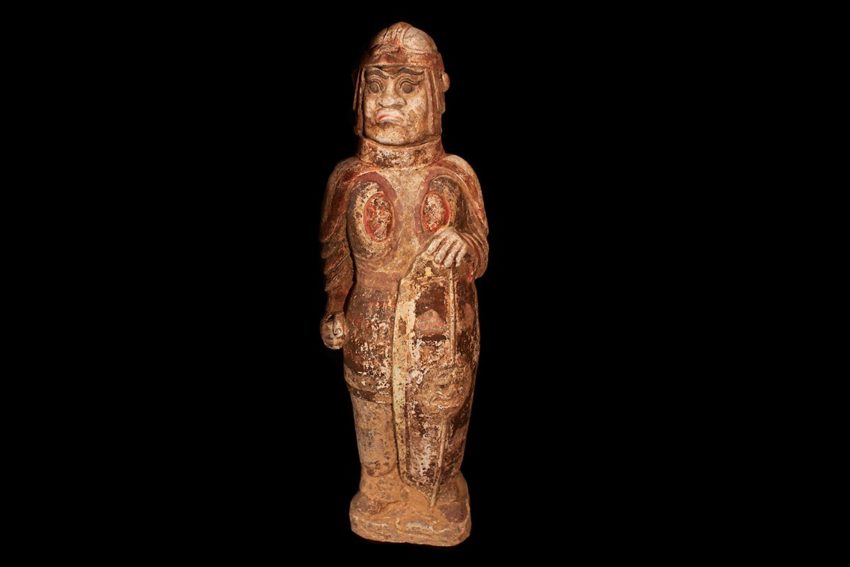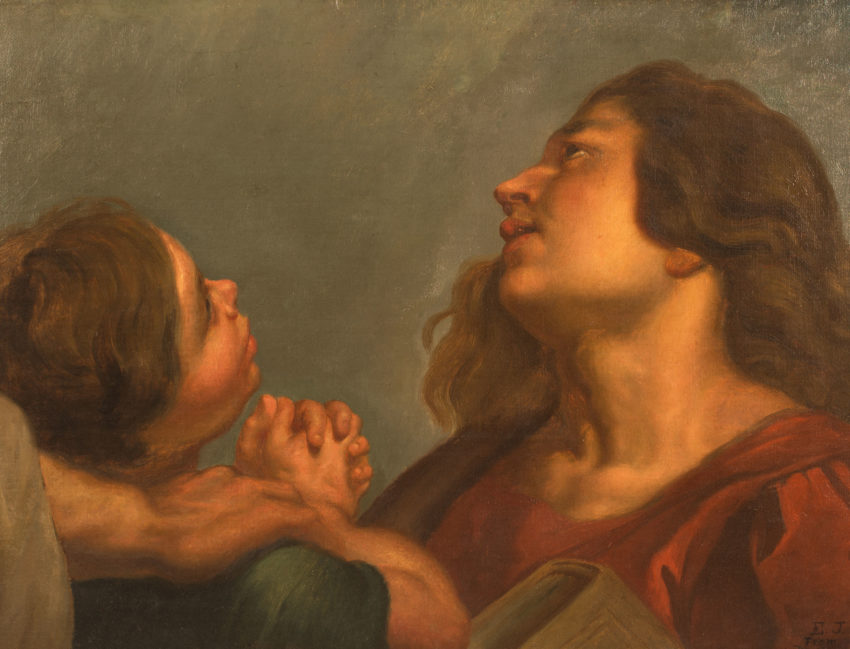by Eastman Johnson (July 29, 1824 – April 5, 1906). Eastman Johnson was one of the nation’s most-prominent 19th century portrait painters, who particularly portrayed literary artists. Eastman was a leader within 19th-century America’s arts community and was a co-founder of the Metropolitan Museum of Art. Widely recognized for his portraits of such prominent Americans…
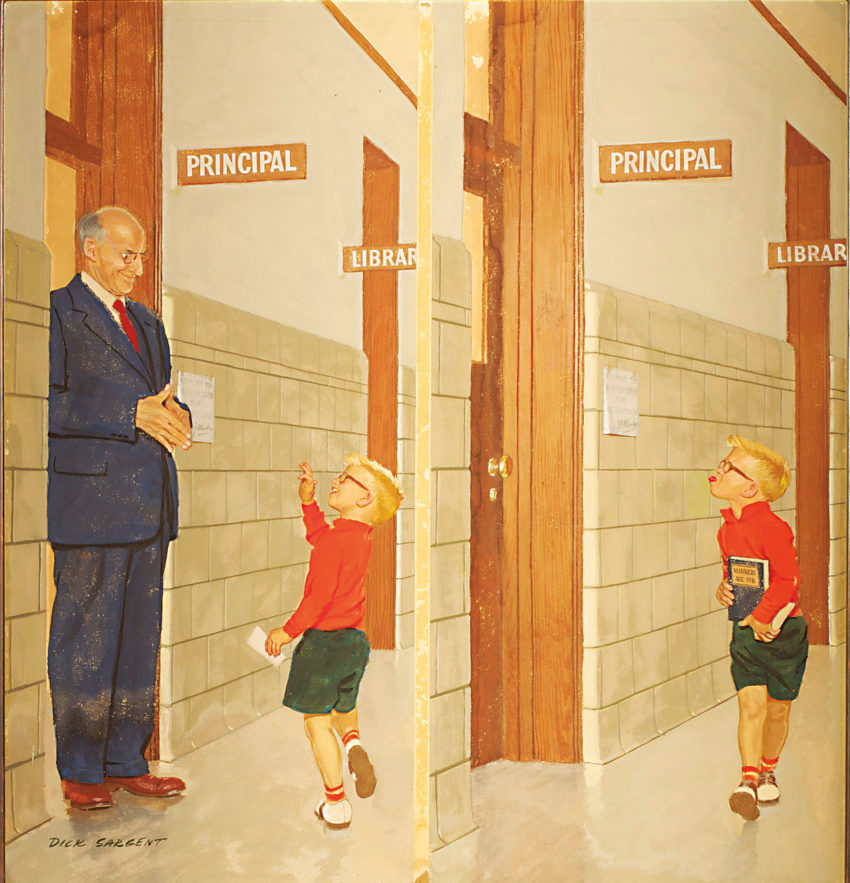
Boy and Principal
by Richard Sargent (American 1911-1978) In this evocative scene from a Saturday Evening Post cover (February 7, 1959), one can almost hear the young man saying, “Hi, sir! How are you, sir?” only to return a few minutes later with a book, Manners are fun, and with his face plainly expressing his true feelings toward…
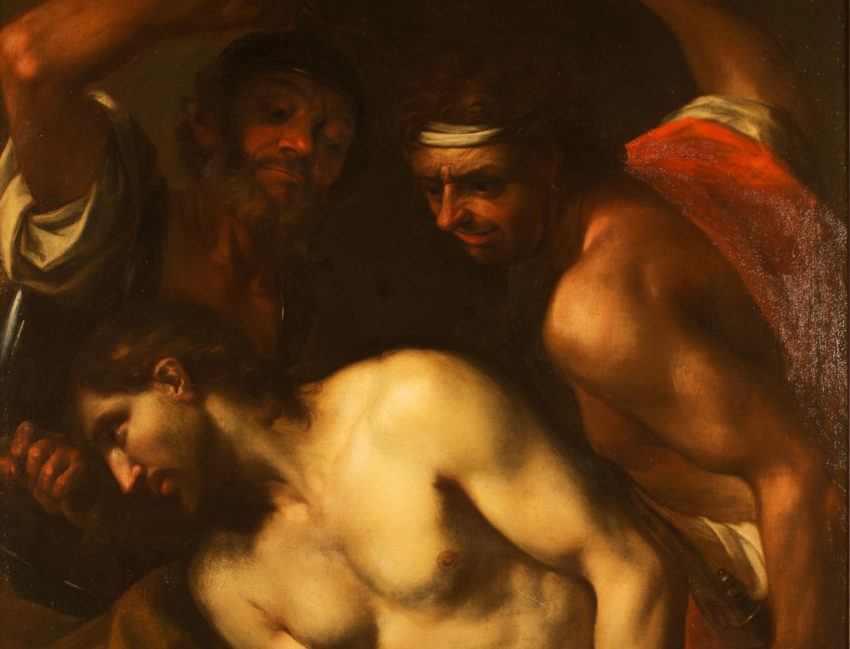
The Flagellation
by Giulio Cesare Procaccini (Italian, 1570-1625). Beginning his career as a sculptor in Milan, Procaccini’s paintings in the following decades subsequently portrayed his sculptural gifts. His style of tense draftsmanship and deep feeling anticipated the Baroque and brought the Procaccini Academy increasing renown as a source of inspired painting and sculpture, as well as a…
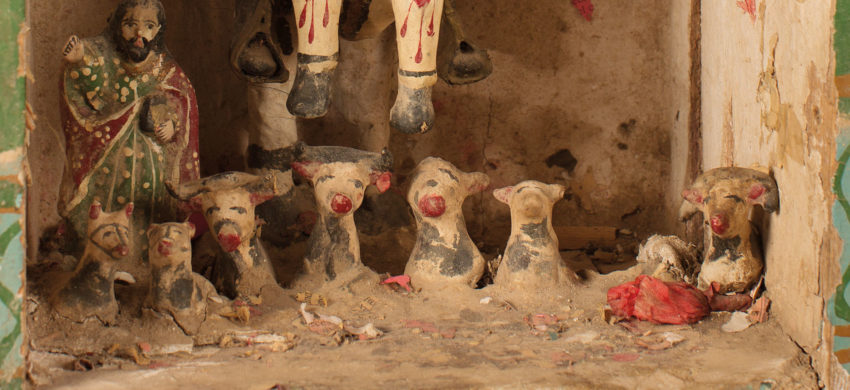
The Box
18th and 19th-century Andean churches. The Pamplin Collection has recently added a number of sacramental pieces from South America, including these shown here. The “box” is gesso-on-wood carved altar pieces, often found in many 18th and 19th-century Andean churches.
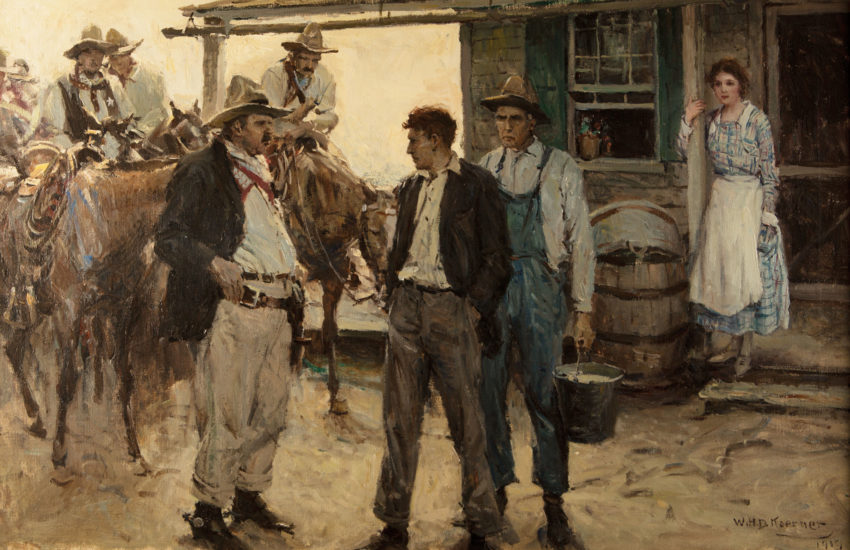
Where’d You Spend the Night, Jubilo?
by W.H.D. Koerner (American, born in Germany, 1878-1938) This painting illustrated a story by Ben Williams in the June 28, 1919, issue of the Saturday Evening Post. It told the story of a Hispanic field hand suspected of sleeping with the wife of a farmer. The painting that illustrated it, exhibited here, depicts Jubilo being…
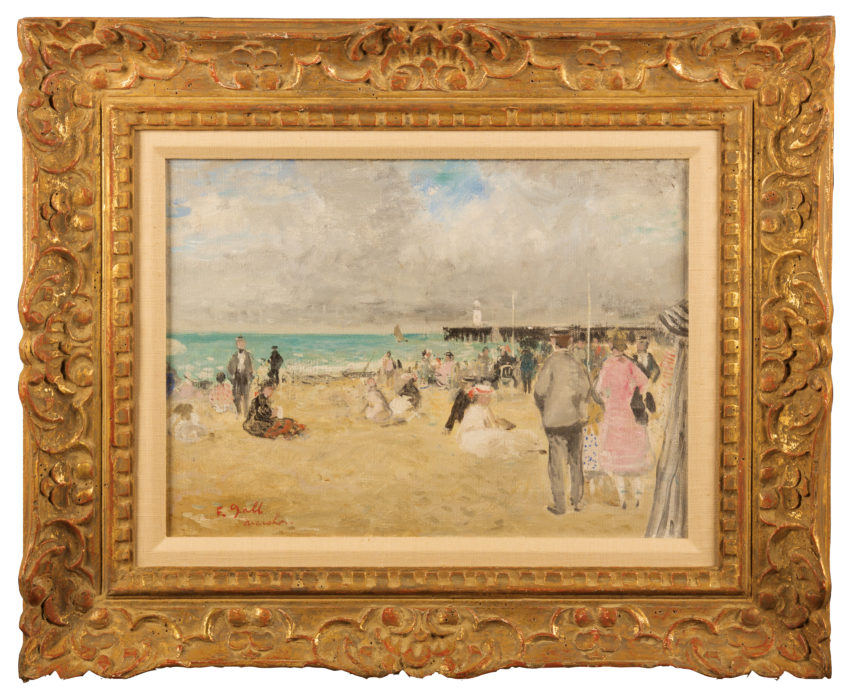
An Afternoon at the Beach
by Francois Gall (Hungarian, 1912-1987). President of the French National Union of Painters and Sculptors, Gall was born in Hungary and moved to Paris as a young man. Trained at the Royal Academy of Fine Arts in Rome, he gained fame for his scenes of workers and families engaged in day-to-day activities. Today, Gall’s work…

Humor
Where’s My Date? by Charlie Dye (American, 1906-1972)20 X 18 inches, oil on board The writer James Thurber once observed that “Humor is a serious thing. . . one of our greatest, earliest natural resources, which must be preserved at all costs.” Charlie Dye was a western artist who created this droll cover for The…
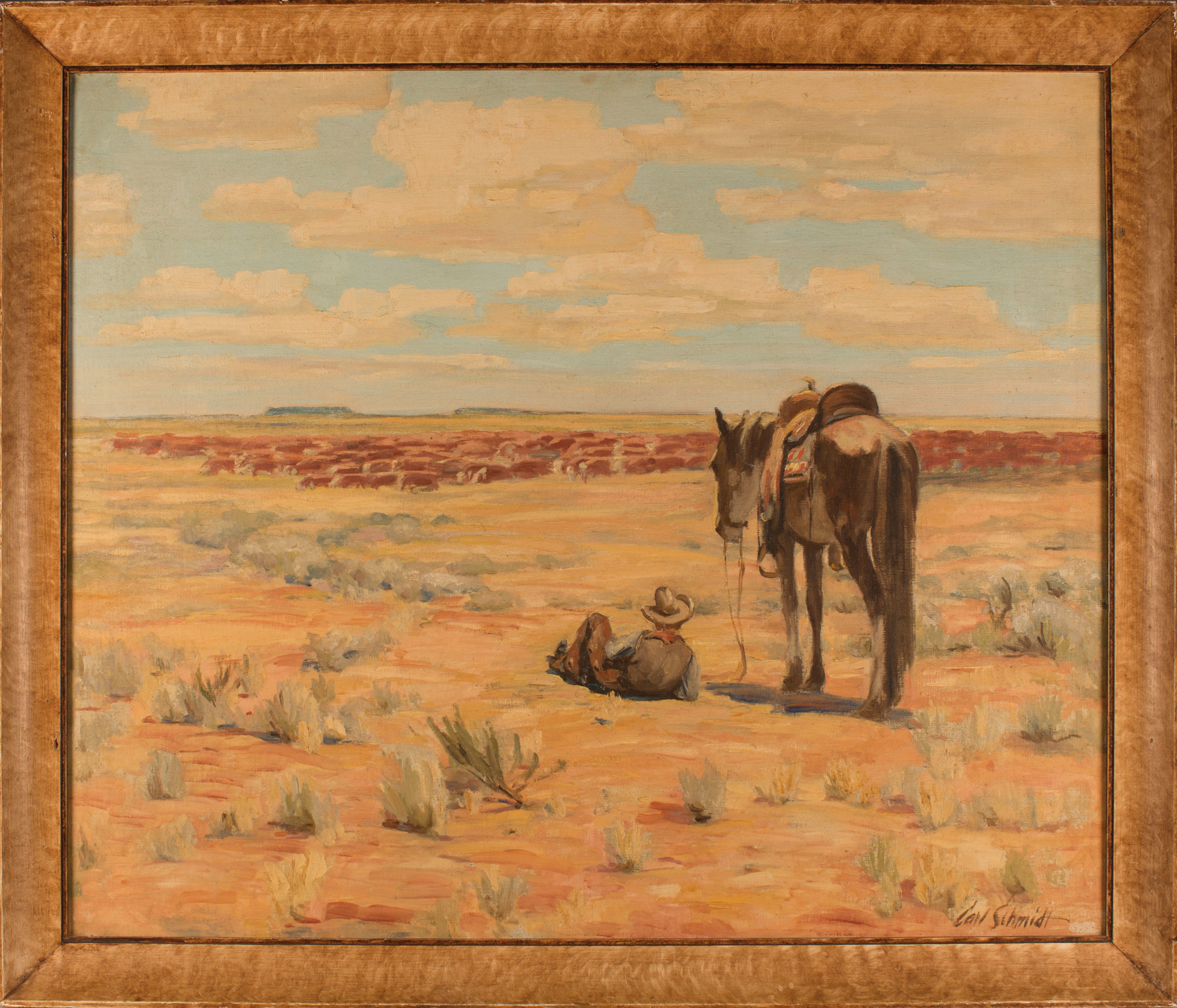
Watering the Herd
by Carl Schmidt (American, 1885-1969). Schmidt painted in Impressionist style and was noted for his landscapes of Southwest and California scenes.

Buffalo Bill
There were many books written about Buffalo Bill and his life in the American West Early in his life (age 14) Bill rode for the Pony Express, carrying mail across the American midwest and the Kansas Territory in the years before the Civil War. This book, BUFFALO BILL AND THE PONY EXPRESS, is an illustrated…
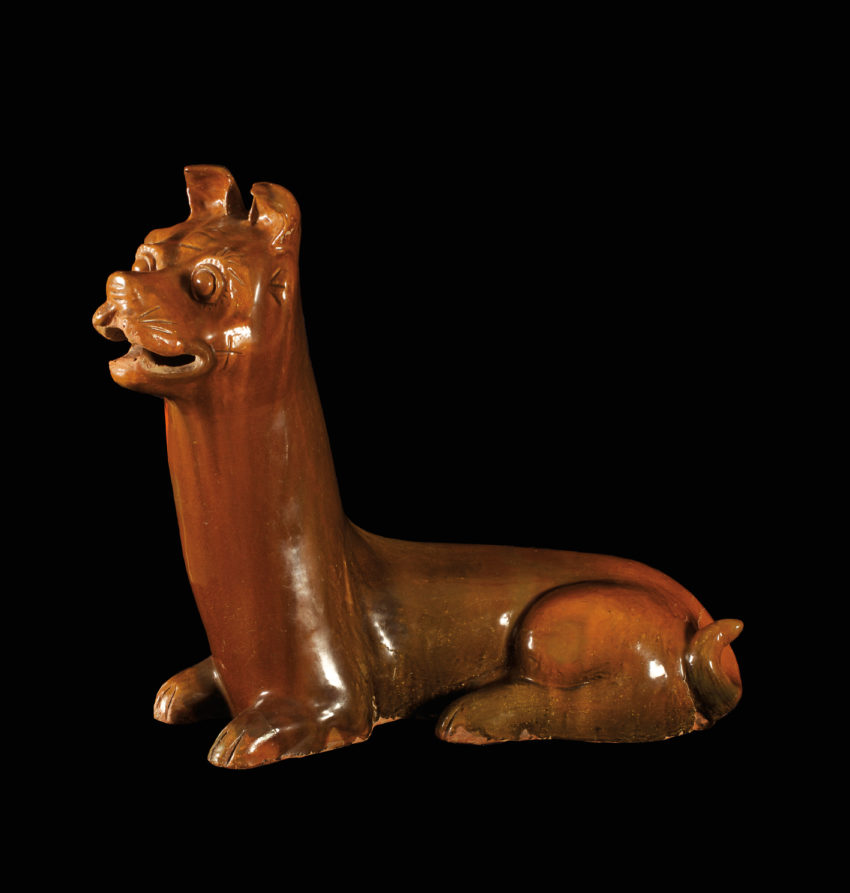
5,000 years of Chinese art and history, with pieces that have been exhibited in museums nationwide
Dog, Han Dynasty 206 BCE-220 CE, Glazed earthenware, 15.5 x 18 x 14.5 inches. During the Han dynasty, dogs of various types were frequently placed in tombs. The most common was a mastiff-type animal usually shown standing on all four legs. This long-necked dog is unusual in both color and design. Although seated with paws…


